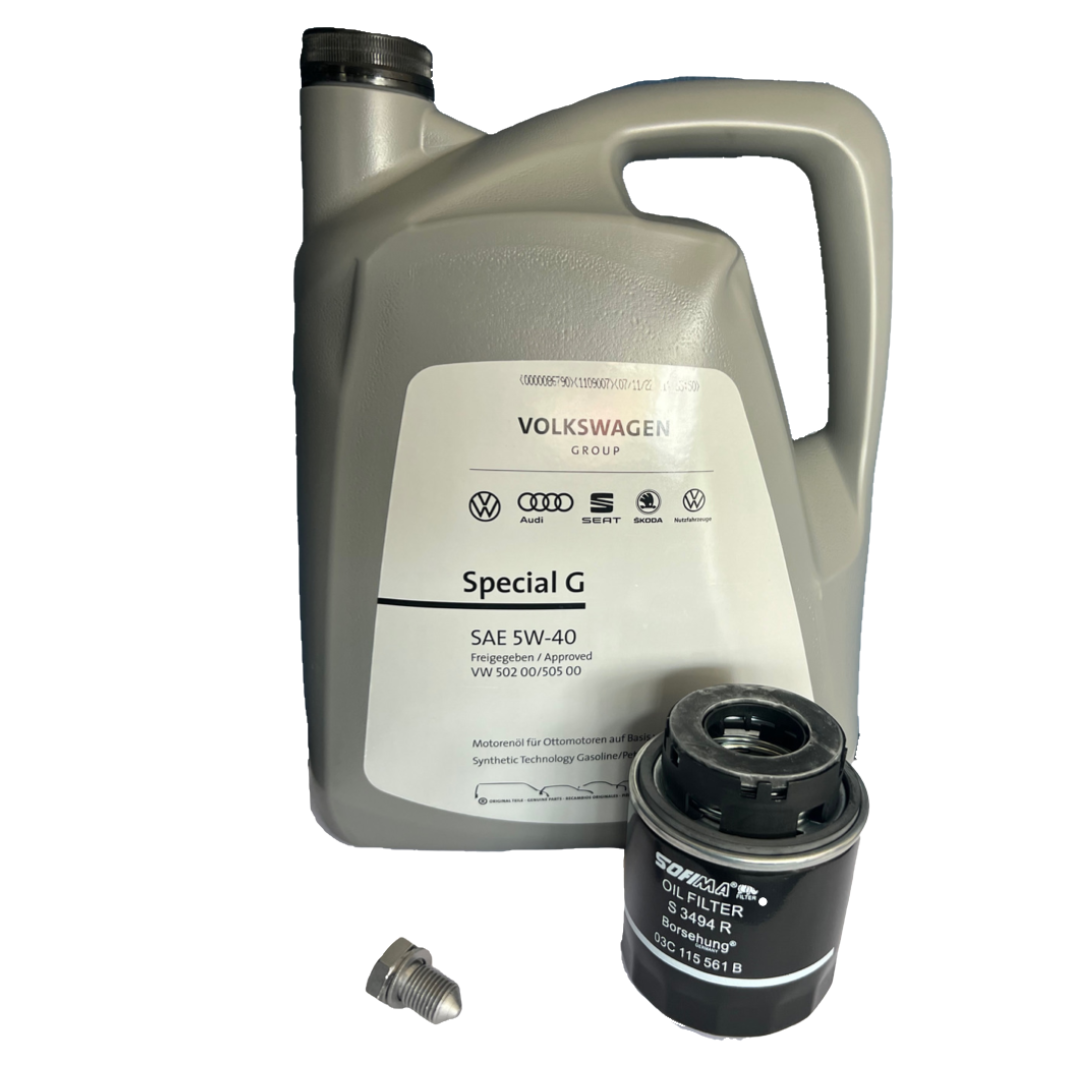How a Clp Engine Can Improve Performance in Different Industries
The introduction of CLP engines notes a substantial change in operational effectiveness throughout numerous industries, driven by their capacity to maximize gas consumption and minimize downtime. Industries such as manufacturing and logistics stand to acquire substantially from their robust design and consistent power output, which assure to simplify operations and enhance performance. As organizations increasingly prioritize sustainability alongside performance, the function of CLP engines comes to be a lot more vital. What stays to be seen is just how these advancements will form the future landscape of commercial procedures and their effect on more comprehensive economic trends (clp engine).
Introduction of CLP Engines
CLP engines, or Constant Fluid Propellant engines, stand for a considerable innovation in propulsion modern technology, especially for room applications. These engines use a continual feed system that allows for the sustained expulsion of propellant, causing enhanced performance and efficiency contrasted to typical strong or hybrid propulsion systems. By keeping a consistent flow of fluid propellant, CLP engines can accomplish extra precise thrust control, which is essential for maneuvering spacecraft in various goal situations.
The style of CLP engines incorporates advanced products and cutting-edge gas administration systems. clp engine. This leads to reduced weight and increased reliability, vital elements for long-duration space missions. Moreover, the continuous procedure decreases the threat of combustion instability, an usual difficulty in standard rocket engines.

Advantages in Manufacturing
The manufacturing of Continual Liquid Propellant (CLP) engines presents a number of notable advantages that improve both efficiency and cost-effectiveness. Among the main advantages is the structured manufacturing process, which lowers the intricacy connected with traditional propulsion systems. By utilizing fluid propellant, makers can attain higher accuracy in engine performance, leading to optimized energy outcome and minimized waste.
In addition, CLP engines assist in a greater degree of modularity, enabling less complicated assimilation right into numerous manufacturing lines. This flexibility can dramatically decrease preparations and boost total operational versatility. The use of CLP innovation likewise has a tendency to reduce the requirement for extensive upkeep due to less moving components, which converts into lowered downtime and functional prices.

Applications in Logistics
Leveraging Continual Liquid Propellant (CLP) engines in logistics offers significant advantages in functional effectiveness and integrity. These engines offer a robust service for various transport requirements, making it possible for the seamless movement of items throughout vast distances. The integral layout of CLP engines enables constant power output, which translates right into smoother and extra foreseeable transport routines.
One of the key applications of CLP engines in logistics remains in durable freight transport, where they can drive both ground and aerial automobiles. Their capability to preserve high performance under varying load problems makes certain that delivery timelines are met, consequently enhancing consumer contentment. In addition, CLP engines can be incorporated right into automated logistics systems, facilitating real-time tracking and enhancing course planning.
Furthermore, the resilience of CLP engines decreases maintenance downtime, allowing logistics firms to maximize their functional abilities. This is especially beneficial in warehousing operations, where performance in dealing with and delivering goods is crucial. As logistics remains to advance, the assimilation of CLP engines stands for a forward-thinking approach that not just enhances efficiency however additionally sustains the have a peek here market's growing demands for dependability and rate.
Effect on Energy Effectiveness
How do Continuous Liquid Propellant (CLP) engines improve power performance in transport? CLP engines make use of a consistent flow of liquid fuel, enhancing burning procedures and maintaining a stable drive output. This style lessens power losses connected with standard combustion engines, where gas distribution can vary and cause inefficiencies.
The continual operation of CLP engines enables a more efficient thermal cycle, leading to greater certain impulse contrasted to conventional engines. clp engine. This equates to lowered fuel usage for the very same quantity of job done, substantially decreasing operational costs across different transport fields, consisting of aviation and maritime industries
In addition, the capacity of CLP engines to maintain optimum performance under varying lots conditions lowers the requirement for constant velocity and deceleration, further boosting fuel efficiency. Boosted power performance not just adds to cost financial savings yet additionally causes decrease greenhouse gas emissions, aligning with worldwide sustainability goals.
Future Trends and Innovations
Arising advancements in Constant Liquid Propellant (CLP) engine modern technology guarantee to reinvent the landscape of transport effectiveness and sustainability. As sectors pivot towards greener options, CLP engines stand at the forefront, integrating cutting-edge products and design approaches that enhance efficiency while minimizing ecological effect.
Among one of the most promising click here now fads is the fostering of crossbreed systems that integrate CLP engines with renewable resource sources. This harmony can maximize fuel usage and decrease exhausts, straightening with global sustainability goals. Moreover, advancements in computational fluid characteristics (CFD) are helping with the style of more aerodynamically effective engines, resulting in minimized drag and boosted fuel effectiveness.
In addition, the development of smart tracking systems is set to improve operational efficiencies. These systems utilize data analytics and IoT innovation to maximize engine performance in real-time, guaranteeing that the engines run within their most efficient parameters.
As research proceeds to check out alternate propellant formulations-- such as biofuels and artificial gas-- the future of CLP engines looks appealing. By utilizing these innovations, sectors can not just boost their effectiveness yet also add substantially to a cleaner, much more sustainable future in transport.
Final Thought
To conclude, CLP engines represent a significant development in effectiveness throughout several sectors. Their capability to enhance fuel consumption and lower operational expenses, incorporated with a continual feed system, enhances power output and operational integrity. The assimilation of advanced products content and fewer moving components decreases upkeep requirements, while alignment with sustainability objectives placements CLP engines as a crucial modern technology for the future. Proceeded advancement in this area promises additional enhancements in effectiveness and environmental performance.